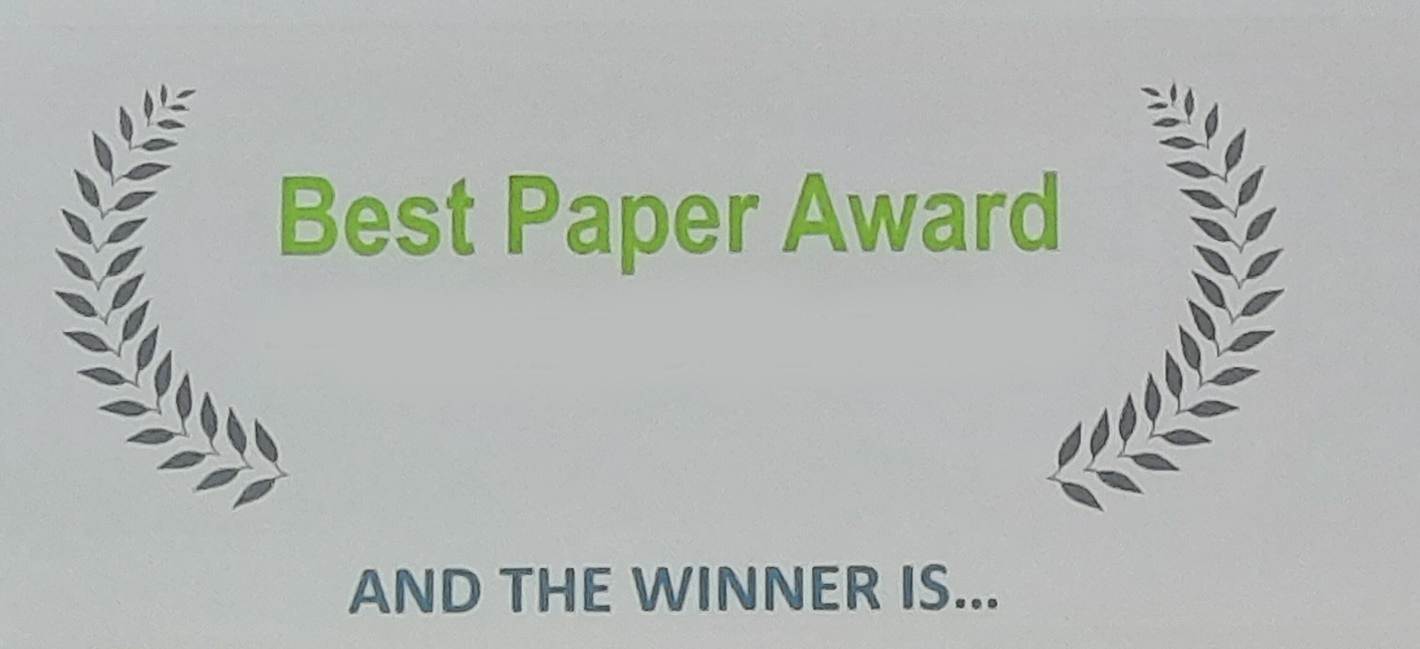Cooking habits and usage of kitchen hoods in Norwegian homes
DOI:
https://doi.org/10.34641/clima.2022.54Keywords:
kitchen hoods, cooking emissions, cooking activitiesAbstract
Sustainable urban development results in more space and energy-efficient apartments. Open plan solutions are becoming more common, and the market is exploring new configurations and ventilation solutions for the kitchen in direction of the design and minimize space for ductwork. Cooking is an important aspect of human life and is considered one of the major sources of particle emissions. The cooking method, the type of cuisine, and the type of kitchen hood are some of the factors that will influence this. In Norway, the minimum requirement for general kitchen exhaust is 36 m3/h, with a minimum additional forced ventilation by the kitchen hood of 108 m3/h. However, these requirements might not be sufficient to mitigate the exposure from cooking. Electricity is the main heating source, traditionally with hot plate, today mainly induction or ceramic cooktop. In this work, we aim to investigate representative Norwegian cooking habits, typical meals and set up a procedure for cooking in the laboratory to perform intensive exposure studies. A survey has been performed to identify the type and usage of kitchen hoods in different living situations as well as typical Norwegian meals. A total of 336 people responded to the survey, of which 111 provided answers to a few additional questions. More than 60% of the respondents belonged in the age groups 30 – 60 years old and 92% owned their dwelling. Wall-mounted kitchen hoods were found in the majority of the homes, and almost 4% had downdraft. Only 12% of the homes had recirculating hoods. 76% of the respondents used the kitchen hood during cooking. The Norwegians mainly cook or fry their food, while deep-frying is not common. For the question related to what meal is most often cooked, the categories of food that were most mentioned were pasta dishes, taco, meat, fish, boiled potatoes, and chicken. Based on this we developed the cooking procedure for three different test meals suitable for exposure studies.
Downloads
Published
How to Cite
Conference Proceedings Volume
Section
License
Copyright (c) 2022 Adele Helene Ninauve Jutulstad, Aileen Yang, Peter G. Schild, Arnab Chaudhuri, Kari Thunshelle

This work is licensed under a Creative Commons Attribution 4.0 International License.



